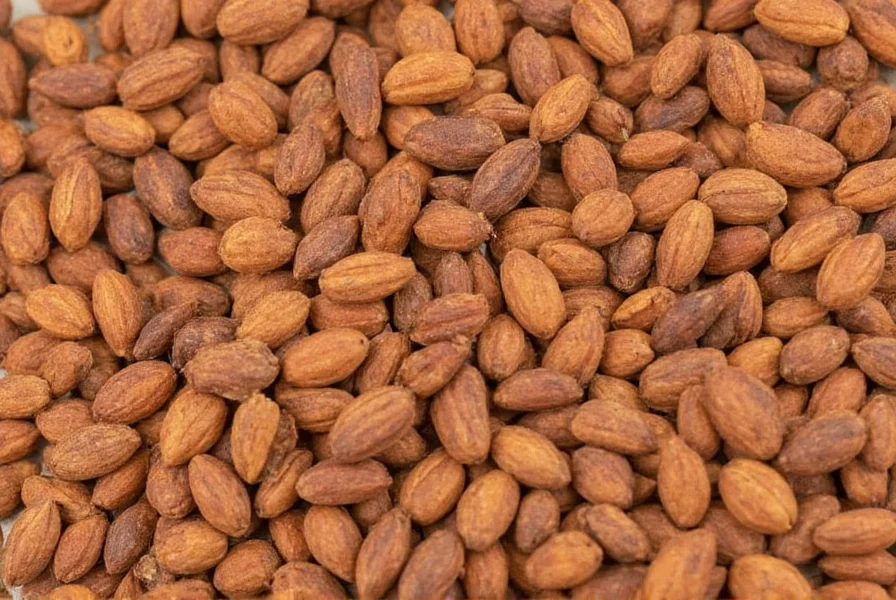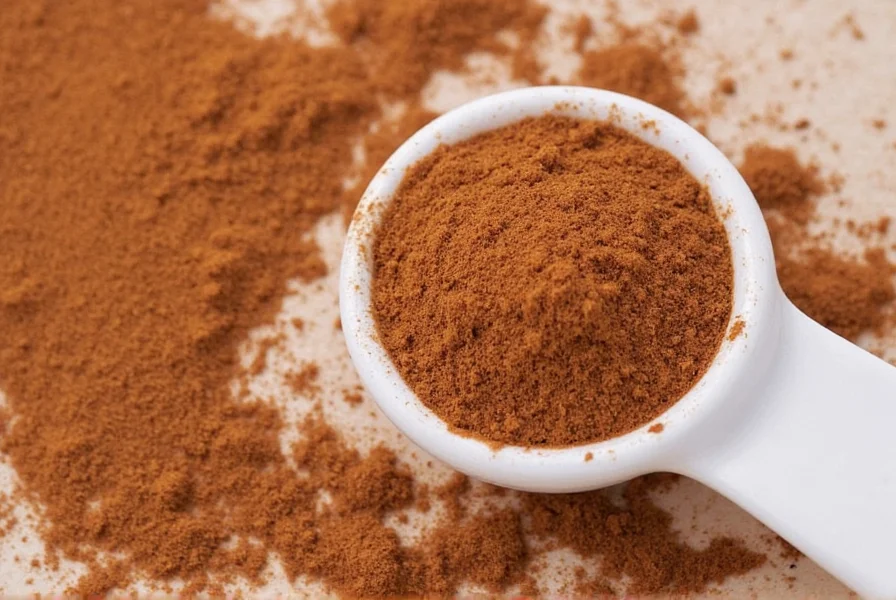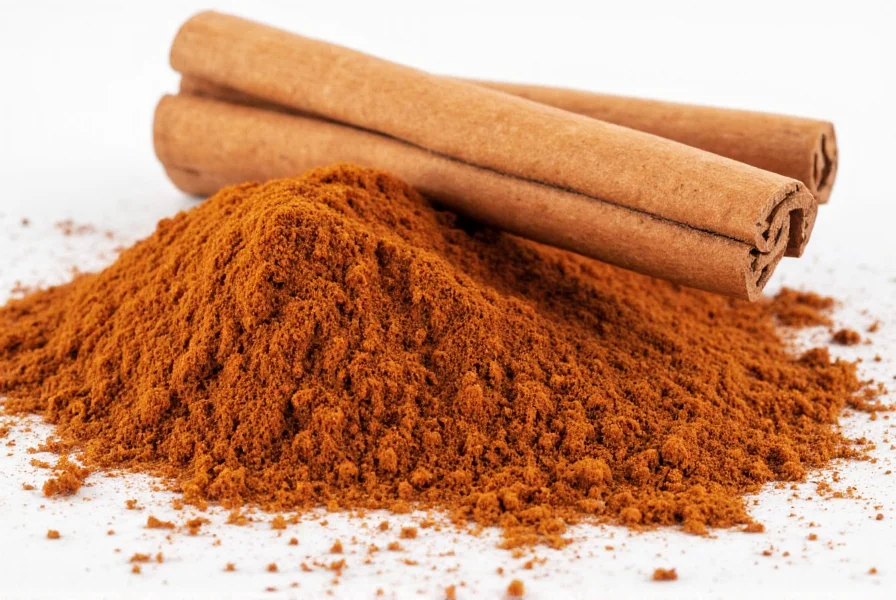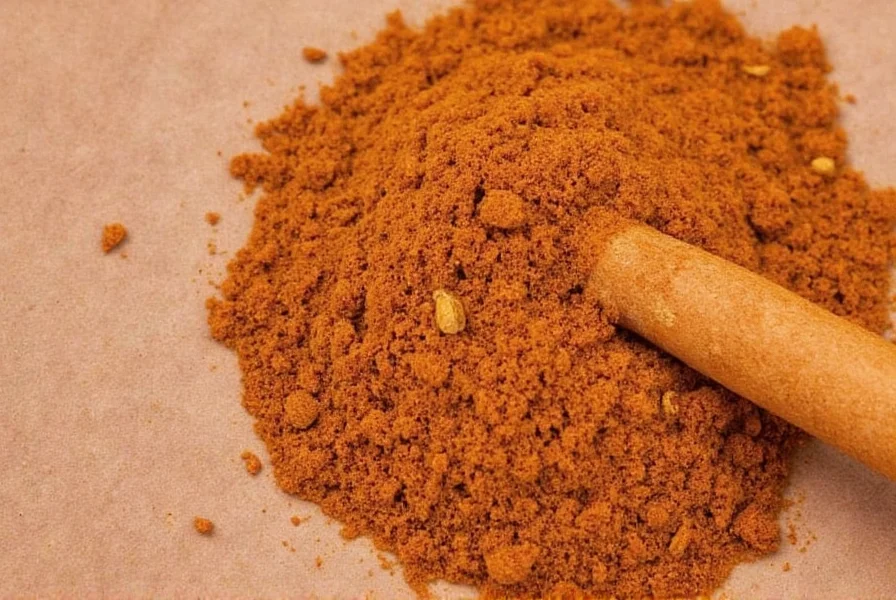Ceylon cinnamon, also known as 'true cinnamon,' is a premium variety derived from the Cinnamomum verum tree. Unlike the more common Cassia cinnamon found in most grocery stores, Ceylon cinnamon offers a delicate flavor profile with subtle citrus and clove notes, and significantly lower coumarin levels, making it safer for regular consumption. This guide covers everything you need to know about Ceylon cinnamon — from its health benefits to how to use it in cooking.
Table of Contents
- What Is Ceylon Cinnamon?
- How Does It Differ From Other Types of Cinnamon?
- Flavor Profile and Uses
- Health Benefits of Ceylon Cinnamon
- Buying Guide: How to Pick the Best Ceylon Cinnamon
- Creative Cooking with Ceylon Cinnamon
- Frequently Asked Questions (FAQ)
- Final Thoughts
What Is Ceylon Cinnamon?
Ceylon cinnamon (Cinnamomum verum) is often called 'true cinnamon' and originates from Sri Lanka. It's distinguished by its thin, papery layers and delicate aroma, unlike the thicker, rougher bark of Cassia cinnamon. This premium variety is cultivated with care to preserve its natural sweetness and complexity.

How Does It Differ From Other Types of Cinnamon?
| Feature | Cassia Cinnamon | Ceylon Cinnamon |
|---|---|---|
| Source | Cinnamomum cassia | Cinnamomum verum |
| Color | Dark reddish-brown | Pale brown |
| Texture | Thick, hard bark | Thin, papery layers |
| Taste | Strong, spicy | Mild, sweet, aromatic |
| Coumarin Content | High (can be harmful in large amounts) | Low (safe for regular consumption) |
Flavor Profile and Uses
Ceylon cinnamon has a delicate yet complex flavor — subtly sweet, with hints of citrus and clove. Its aroma is refined, never overpowering, making it perfect for both savory and sweet dishes.
- Baking: Ideal for cakes, cookies, and pastries where a gentle warmth is desired without overwhelming other flavors.
- Beverages: Adds a velvety note to lattes, teas, and mulled wines.
- Desserts: Enhances puddings, custards, and even ice cream with a sophisticated edge.
- Spice Blends: Often found in garam masala, chai blends, and Moroccan ras el hanout.
Health Benefits of Ceylon Cinnamon
Scientific studies show Ceylon cinnamon offers significant health advantages due to its purity and low coumarin content. Key benefits include:
- Antioxidant Powerhouse: Rich in polyphenols that combat oxidative stress.
- Anti-Inflammatory: May help reduce inflammation and support joint health.
- Blood Sugar Regulation: Research indicates improved insulin sensitivity, beneficial for type 2 diabetes management.
- Heart Health: Linked to reduced cholesterol levels and improved triglyceride profiles.

Buying Guide: How to Pick the Best Ceylon Cinnamon
When purchasing Ceylon cinnamon, prioritize quality indicators to ensure authenticity and freshness.
Form Matters: Stick vs. Powder
| Form | Pros | Cons |
|---|---|---|
| Stick | Freshness lasts longer; versatile for infusing | Needs grinding for baking |
| Powder | Easier to use in recipes; consistent flavor distribution | Loses potency faster; less aromatic |
Key Features to Look For
- Origin: Must specify Sri Lankan origin (not just 'Ceylon')
- Packaging: Airtight containers protect against moisture and light
- Purity: No fillers or added preservatives
- Aroma: Should smell fresh and sweet, not musty or stale
Creative Cooking with Ceylon Cinnamon
Elevate your dishes with these innovative Ceylon cinnamon applications:
- Spiced Latte: Add a pinch to morning coffee or latte for a comforting boost.
- Grilled Fruit: Sprinkle on peaches or pineapple before grilling for a caramelized twist.
- Homemade Granola: Mix into oats before baking for a golden, fragrant finish.
- Savory Surprise: Use in tagines or with lamb for an unexpected depth of flavor.

Frequently Asked Questions (FAQ)
What makes Ceylon cinnamon different from regular cinnamon?
Ceylon cinnamon is a premium selection of Cinnamomum verum, often referred to as 'true cinnamon.' Unlike the more common Cassia cinnamon found in most supermarkets, Ceylon cinnamon has a more delicate, complex flavor profile with citrus and clove notes. It also contains significantly lower levels of coumarin, making it safer for regular consumption. While regular cinnamon (typically Cassia) has a stronger, more pungent flavor and darker color, Ceylon cinnamon offers a subtler, sweeter experience that doesn't overpower other ingredients in recipes.
Is Ceylon cinnamon the same as true cinnamon?
Yes, 'true cinnamon' is the common name for Ceylon cinnamon (Cinnamomum verum). The term 'Ceylon' refers to its origin in Sri Lanka, where it's traditionally cultivated. Unlike Cassia cinnamon, which is often sold simply as 'cinnamon' in grocery stores, true cinnamon has a lighter color, thinner texture, and more nuanced flavor.
Why is Ceylon cinnamon more expensive than other cinnamon varieties?
Ceylon cinnamon commands a higher price due to its labor-intensive cultivation in Sri Lanka, meticulous harvesting of delicate bark layers, rigorous quality control, and lower yields per tree. It also requires specialized processing to preserve its unique aroma and flavor profile, unlike the more commonly produced Cassia cinnamon.
How should I store Ceylon cinnamon to maintain freshness?
Store Ceylon cinnamon in an airtight container away from heat, light, and moisture. Glass containers with tight-sealing lids work best. Keep it in a cool, dark cabinet (not near your stove or oven). Stick form retains freshness longer than ground cinnamon—sticks can stay fresh for 1-2 years, while ground Ceylon cinnamon is best used within 6-12 months. Never store it in the refrigerator, as humidity can cause clumping and flavor degradation.
Can I substitute Ceylon cinnamon for regular cinnamon in recipes?
Yes, but with some considerations. Because Ceylon cinnamon has a more delicate flavor than Cassia, you might need to use slightly more (about 25-30% more) to achieve a similar flavor intensity. In recipes where cinnamon is a featured flavor (like snickerdoodles or cinnamon rolls), this substitution works beautifully. However, in spice blends where cinnamon balances other strong spices, you may want to stick with the recipe's specified type. For health-focused applications where low coumarin content matters, Ceylon cinnamon is always the superior substitute.
Is Ceylon cinnamon safe for daily consumption?
Yes, Ceylon cinnamon is particularly well-suited for daily consumption due to its very low coumarin content (typically less than 0.017mg per gram, compared to 2.1-3.7mg per gram in Cassia cinnamon). The European Food Safety Authority recommends keeping coumarin intake below 0.1mg per kilogram of body weight per day. With Ceylon cinnamon, you can safely enjoy 1-2 teaspoons daily without concern. This makes it ideal for those incorporating cinnamon into their daily wellness routine, such as adding to morning coffee, oatmeal, or smoothies.
What's the recommended daily amount of Ceylon cinnamon?
For general culinary use, 1/2 to 1 teaspoon per day is typical. If using for potential health benefits, studies suggest 1-2 teaspoons (approximately 2-4 grams) daily is both safe and potentially beneficial. Unlike Cassia cinnamon, you don't need to worry about coumarin limits with Ceylon cinnamon, though extremely large amounts (more than 4 teaspoons daily) might still cause mild digestive discomfort in sensitive individuals. Always consult with a healthcare provider before using cinnamon medicinally, especially if you have health conditions or take medications.
Does Ceylon cinnamon have any side effects?
Ceylon cinnamon is generally well-tolerated with minimal side effects when consumed in culinary amounts. Due to its extremely low coumarin content, it doesn't carry the same liver toxicity concerns associated with regular consumption of Cassia cinnamon. Rare side effects might include mild mouth irritation in sensitive individuals or potential interactions with diabetes medications (as cinnamon can lower blood sugar). As with any food product, allergic reactions are possible but uncommon. The essential oils in cinnamon are potent, so avoid applying undiluted cinnamon oil directly to skin.
How can I verify I'm buying authentic Ceylon cinnamon?
Look for specific markers: packaging should mention 'Ceylon cinnamon' or 'Cinnamomum verum' rather than just 'cinnamon'; it should specify Sri Lankan origin; the sticks should be multiple thin layers that look almost like rolled-up paper rather than a single thick bark; the color should be light tan rather than dark reddish-brown; and the aroma should be delicate and sweet rather than harsh and pungent. Reputable brands will provide traceability information, and premium products often come in airtight containers with freshness dates.
Final Thoughts
Ceylon cinnamon may not have the name recognition of other spices, but once you experience its delicate flavor and health benefits, there's no going back. Whether you're a home cook or a professional chef, adding authentic Ceylon cinnamon to your spice rack opens up a world of flavor possibilities.











 浙公网安备
33010002000092号
浙公网安备
33010002000092号 浙B2-20120091-4
浙B2-20120091-4